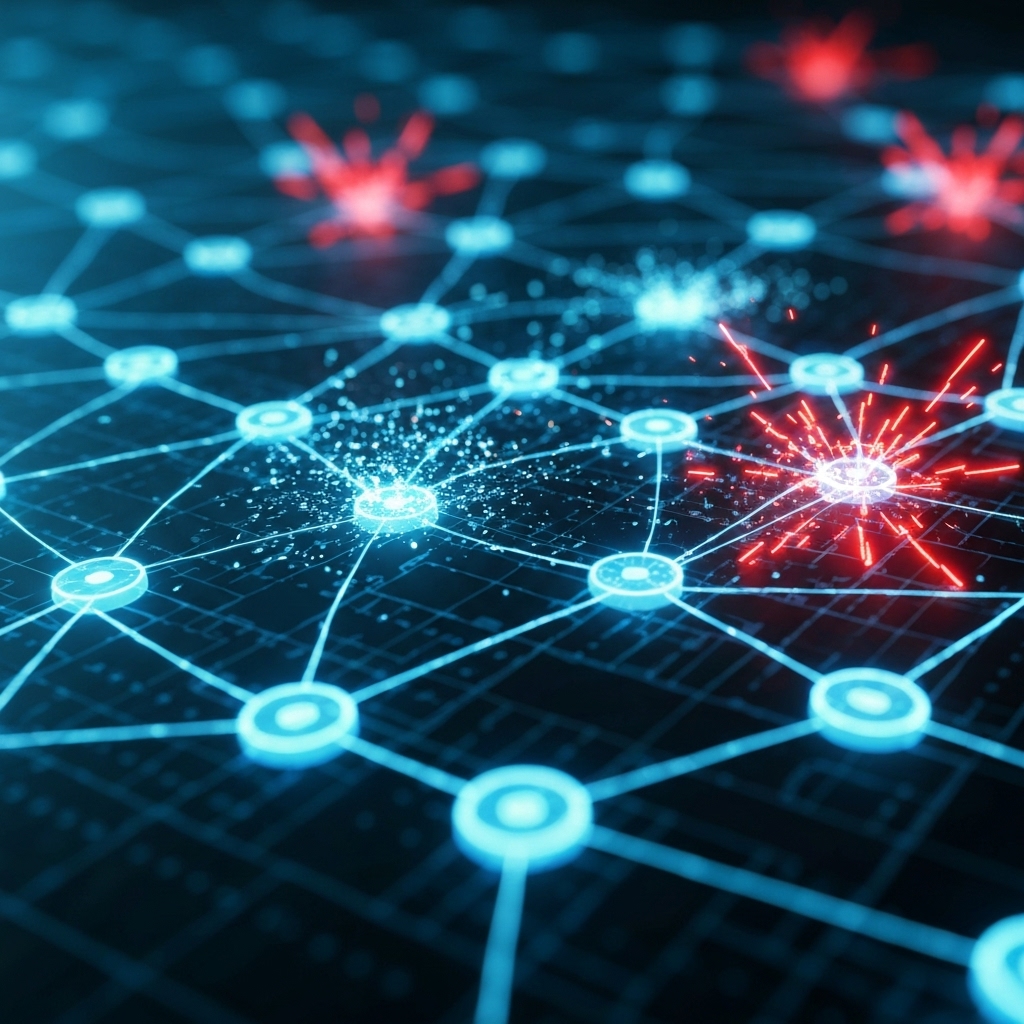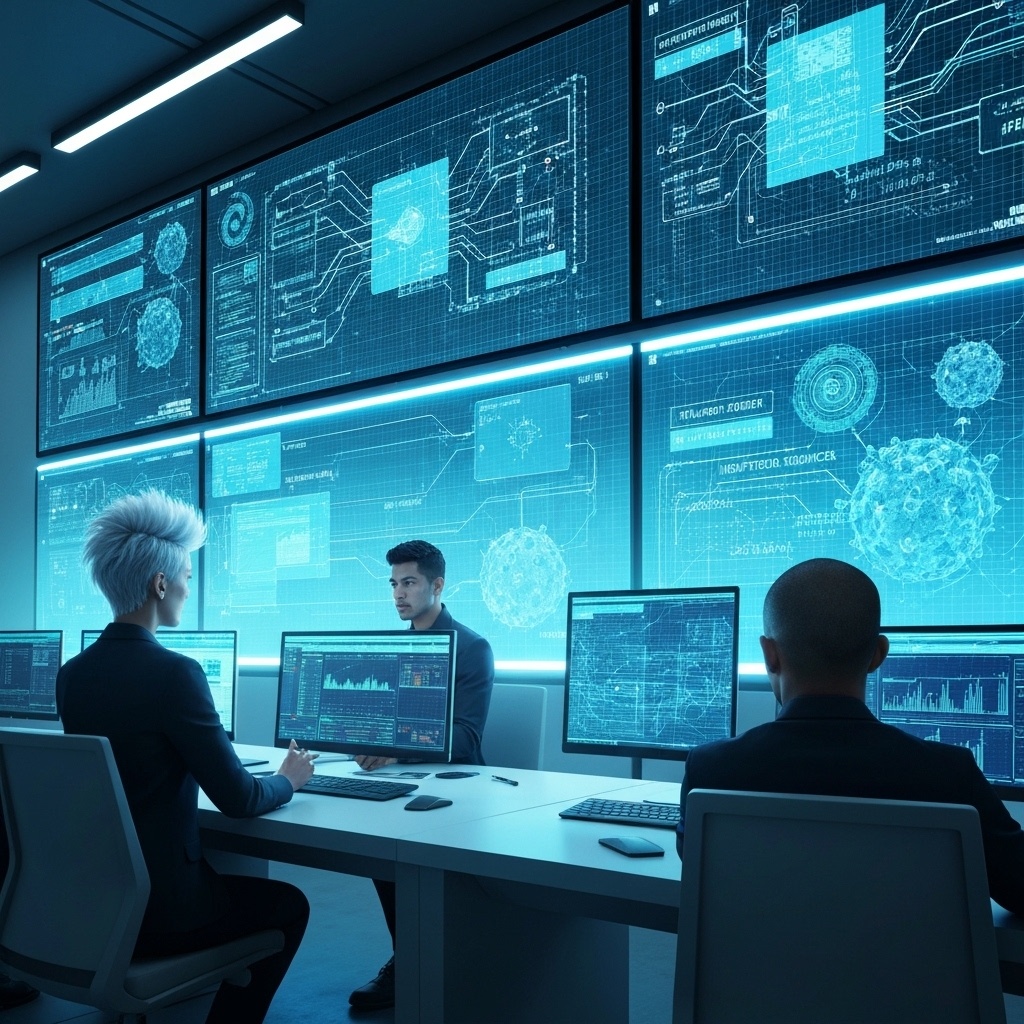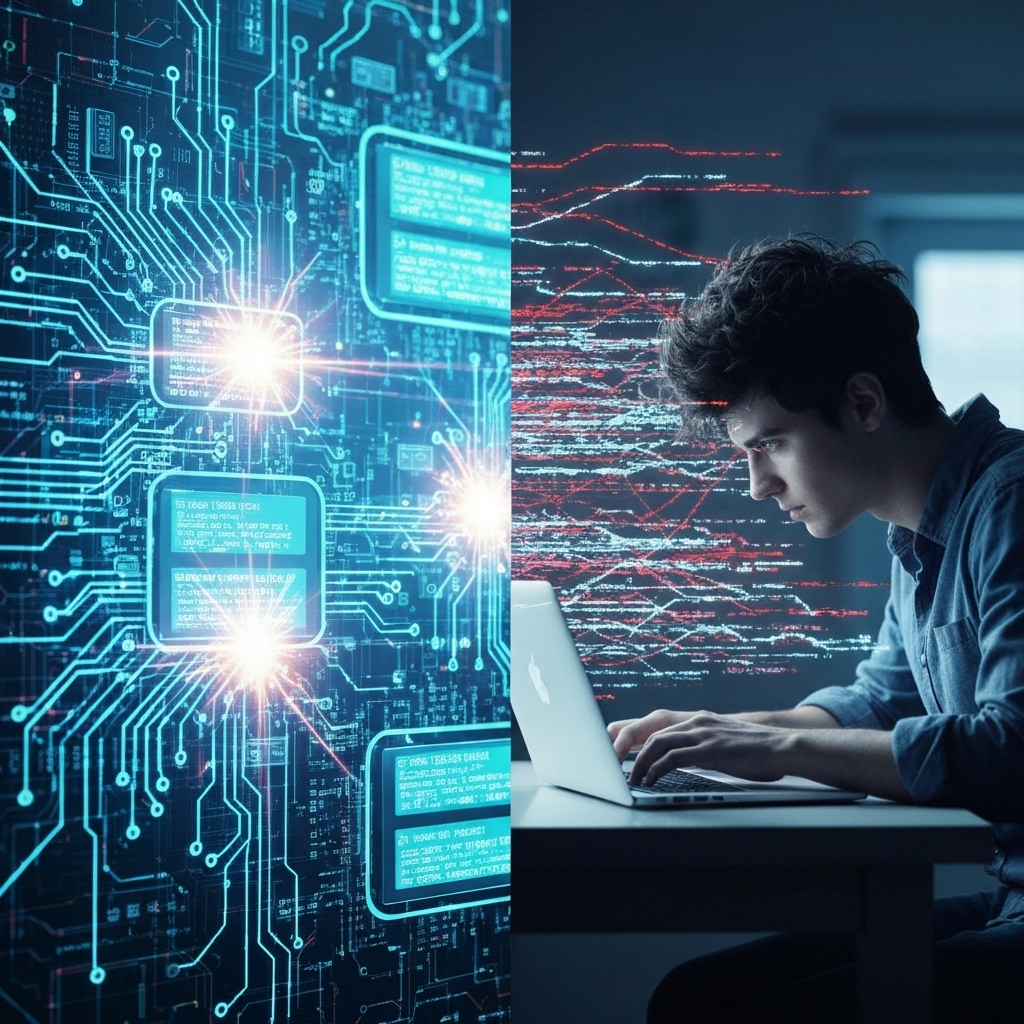In today’s digital landscape, cyberattacks are evolving faster than traditional security tools can handle. Firewalls and antivirus programs often act after damage is done, leaving systems exposed during critical windows. Self-healing software, powered by artificial intelligence, flips this model on its head by proactively identifying threats and automatically initiating repairs—sometimes before users even notice an issue. By continuously monitoring system behavior and recognizing anomalies, these intelligent systems reduce response times dramatically compared to manual intervention.
At the core of self-healing software is machine learning, which enables systems to learn from previous breaches and adapt their defenses accordingly. For example, if a server experiences a buffer overflow attack, the AI can isolate the affected process, patch the vulnerability, and update security protocols across the network. Over time, the system builds a knowledge base of threats and effective countermeasures, improving its ability to fend off similar attacks. Organizations like MIT’s Computer Science and Artificial Intelligence Laboratory (CSAIL) have pioneered projects such as CSAIL’s AI-driven cybersecurity research, showcasing how autonomous response systems can outperform conventional methods.
One major advantage of AI-powered self-healing is its scalability. In large enterprise environments with thousands of endpoints, manually managing patches and responses is impractical. Autonomous systems can deploy fixes across distributed networks in seconds, maintaining integrity without human oversight. Moreover, they integrate seamlessly with existing infrastructure, enhancing tools like SIEM (Security Information and Event Management) platforms. The U.S. National Institute of Standards and Technology (NIST) highlights the importance of automated response in its Cybersecurity Framework, emphasizing resilience through real-time adaptation.
While promising, self-healing software isn’t a silver bullet. Challenges remain around false positives, system transparency, and ensuring AI decisions align with organizational policies. Still, as cyber threats grow in complexity, the shift toward proactive, intelligent defense mechanisms is inevitable. With continued advancements in AI and collaboration between academia and industry, self-healing systems are poised to become a cornerstone of modern cybersecurity strategies.
What Is Self-Healing Software?
Self-healing software is transforming how we maintain and secure complex digital systems by reducing reliance on manual troubleshooting. These intelligent systems continuously monitor application performance and system behavior, using AI-driven analytics to spot irregularities that may indicate bugs, crashes, or cyber threats. When an issue is detected, the software can automatically trigger responses—like restarting failed services or rerouting traffic—to maintain uptime and user experience. This proactive approach minimizes downtime and enhances system resilience, especially in large-scale environments such as cloud computing platforms.
At the core of self-healing capabilities are machine learning models trained on vast datasets of normal and abnormal system behaviors. By recognizing patterns associated with specific faults or attacks, these models enable the software to diagnose problems accurately and apply context-aware fixes. For example, if a server process starts consuming excessive resources, the system might isolate the process, roll back recent changes, or deploy a known-good version from a backup. Organizations like Microsoft have explored self-healing mechanisms in their Azure platform to improve service reliability.
Security is another major beneficiary of self-healing technologies. When intrusion attempts or malware activity are detected, the system can automatically quarantine affected components, block malicious IP addresses, or apply security patches in real time. This rapid response capability significantly reduces the window of exposure during cyberattacks. Research institutions such as Carnegie Mellon University have long advocated for autonomous response systems in cybersecurity, emphasizing their role in defending against increasingly sophisticated threats.
While still evolving, self-healing software represents a shift toward more autonomous and resilient IT infrastructures. As AI algorithms become more advanced and system data becomes richer, these tools will likely become standard in enterprise software development and operations. The ultimate goal is to create systems that not only react to problems but also learn from them, improving their response strategies over time—much like the human immune system adapts to new pathogens.

The Role of AI in Autonomous Threat Response
AI is at the heart of modern self-healing systems, constantly monitoring and analyzing massive streams of operational data to establish baselines of normal behavior. By leveraging machine learning models, these systems can detect subtle deviations that might indicate security breaches or performance issues. For instance, an unexpected spike in database queries or a series of failed login attempts from a new geographic region can be flagged in real time. This proactive detection allows organizations to respond swiftly, minimizing downtime and reducing risk.
When anomalies are detected—like suspicious code execution or unauthorized access attempts—the AI can automatically initiate predefined remediation actions. These might include isolating affected servers, resetting compromised credentials, or rerouting traffic to healthy nodes. The ability to act autonomously not only speeds up response times but also reduces the burden on IT teams. Platforms like IBM Watson and Google Cloud AI offer tools that integrate such intelligent automation into enterprise environments.
Over time, through techniques like reinforcement learning, these AI systems improve their decision-making by learning from past incidents and outcomes. This means fewer false alarms and more accurate identification of genuine threats, increasing both efficiency and trust in automated responses. As the system gains experience, it adapts to evolving usage patterns and emerging attack vectors, making it a dynamic component of cybersecurity and system resilience strategies. Organizations leveraging this adaptive intelligence are better positioned to maintain uptime and protect sensitive data.
Proactive Defense: From Detection to Prevention
Self-healing software represents a major leap forward in cybersecurity, moving beyond traditional reactive models to a proactive defense strategy. Unlike conventional tools that notify administrators only after a breach has occurred, self-healing systems use AI to detect and respond to threats in real time. When a zero-day vulnerability is exploited, for instance, the system can automatically isolate compromised components, roll back malicious changes, and initiate temporary countermeasures—often before human operators are even aware of the incident. This autonomous response not only minimizes damage but also reduces the burden on IT teams.
One of the key advantages of this technology is its ability to maintain operational continuity during attacks. By instantly deploying temporary patches and updating firewall rules, self-healing software helps prevent lateral movement within networks. According to research from CISA, rapid response times are critical in limiting the impact of cyber threats, and automation plays an increasingly vital role in achieving this. These systems continuously learn from each incident, improving their response accuracy over time without requiring manual reconfiguration.
The shift from detection-based security to autonomous prevention is transforming how organizations approach risk management. With downtime costing businesses an average of $5,600 per minute, as reported by Gartner, the ability to mitigate disruptions within seconds offers significant financial and operational benefits. Moreover, by reducing the window of data exposure, companies enhance compliance with regulations like GDPR and CCPA, which mandate swift breach response.
While no solution is entirely foolproof, self-healing software significantly raises the barrier for attackers. Its integration with existing security frameworks allows organizations to build more resilient digital environments. As cyber threats grow in complexity, adopting AI-driven, self-correcting systems may soon become not just an advantage—but a necessity.

Challenges and Ethical Considerations
While self-healing software offers exciting possibilities for maintaining system reliability, it also introduces challenges that can’t be ignored. One major concern is over-automation—relying too heavily on AI to detect and fix issues without sufficient human oversight. When systems make autonomous decisions, especially in critical infrastructure, the lack of direct control can lead to unexpected outcomes. This underscores the need for balanced automation, where AI supports rather than replaces human judgment. Organizations must establish clear boundaries for what the software can autonomously address and when it should escalate issues to human operators.
Another significant issue is transparency. Many self-healing systems use complex machine learning models whose decision-making processes aren’t easily interpretable. Without explainability, it becomes difficult to trust or audit the actions taken by the software. For example, if an AI disables a service it deems faulty, engineers need to understand why that conclusion was reached. Efforts like those promoted by DARPA’s Explainable AI (XAI) program aim to make AI decisions more transparent and understandable, which is essential for debugging and accountability.
Misconfigurations are another risk, especially when self-healing mechanisms adapt system behavior dynamically. A small error in the AI’s logic could propagate across environments, leading to widespread outages. Rigorous testing in controlled environments, such as using chaos engineering principles popularized by tools like Chaos Engineering, can help uncover vulnerabilities before they cause real-world harm. Continuous validation ensures that self-healing behaviors perform as intended under diverse conditions.
Finally, adversarial attacks present a growing threat. Malicious actors could manipulate inputs or system states to deceive the AI into making harmful « repairs. » For instance, feeding falsified logs might trick the system into shutting down legitimate services. Defending against such attacks requires robust input validation, anomaly detection, and secure design practices. As highlighted by research from institutions like Schneier on Security, proactive threat modeling is essential to anticipate and mitigate these risks in autonomous systems.

Conclusion: The Future of Cybersecurity Is Adaptive
Self-healing software represents a transformative leap in how we approach cybersecurity. Unlike traditional systems that rely on manual patching and reactive threat responses, self-healing software can automatically detect, diagnose, and fix vulnerabilities in real time. This proactive defense mechanism drastically reduces the window of exposure to attacks, minimizing potential damage. By leveraging machine learning and real-time monitoring, these systems adapt to new threats without human intervention, making them essential in today’s fast-evolving threat landscape.
The integration of artificial intelligence into cybersecurity infrastructure enables software to learn from past incidents and predict future risks. For instance, AI models can analyze patterns in network traffic to identify anomalies that may signal a breach, then initiate corrective actions such as isolating affected components or deploying patches. Organizations like CISA are already exploring adaptive security frameworks that align with these intelligent systems, emphasizing resilience over mere prevention.
Adopting self-healing technologies isn’t just about staying protected—it’s about staying ahead. As cyberattacks grow more sophisticated, relying solely on static defenses is no longer sufficient. Companies that implement adaptive solutions position themselves to respond faster and more effectively to both known and zero-day threats. According to research from NIST, automated response systems can reduce incident resolution times by up to 90%, underscoring their strategic value.
Ultimately, the shift toward self-healing software reflects a broader evolution in digital resilience. It moves us from a mindset of constant defense to one of continuous recovery and adaptation. As AI capabilities expand, so too will the autonomy and effectiveness of these systems, paving the way for a more secure digital ecosystem. The future of cybersecurity isn’t just smarter—it’s self-aware.
